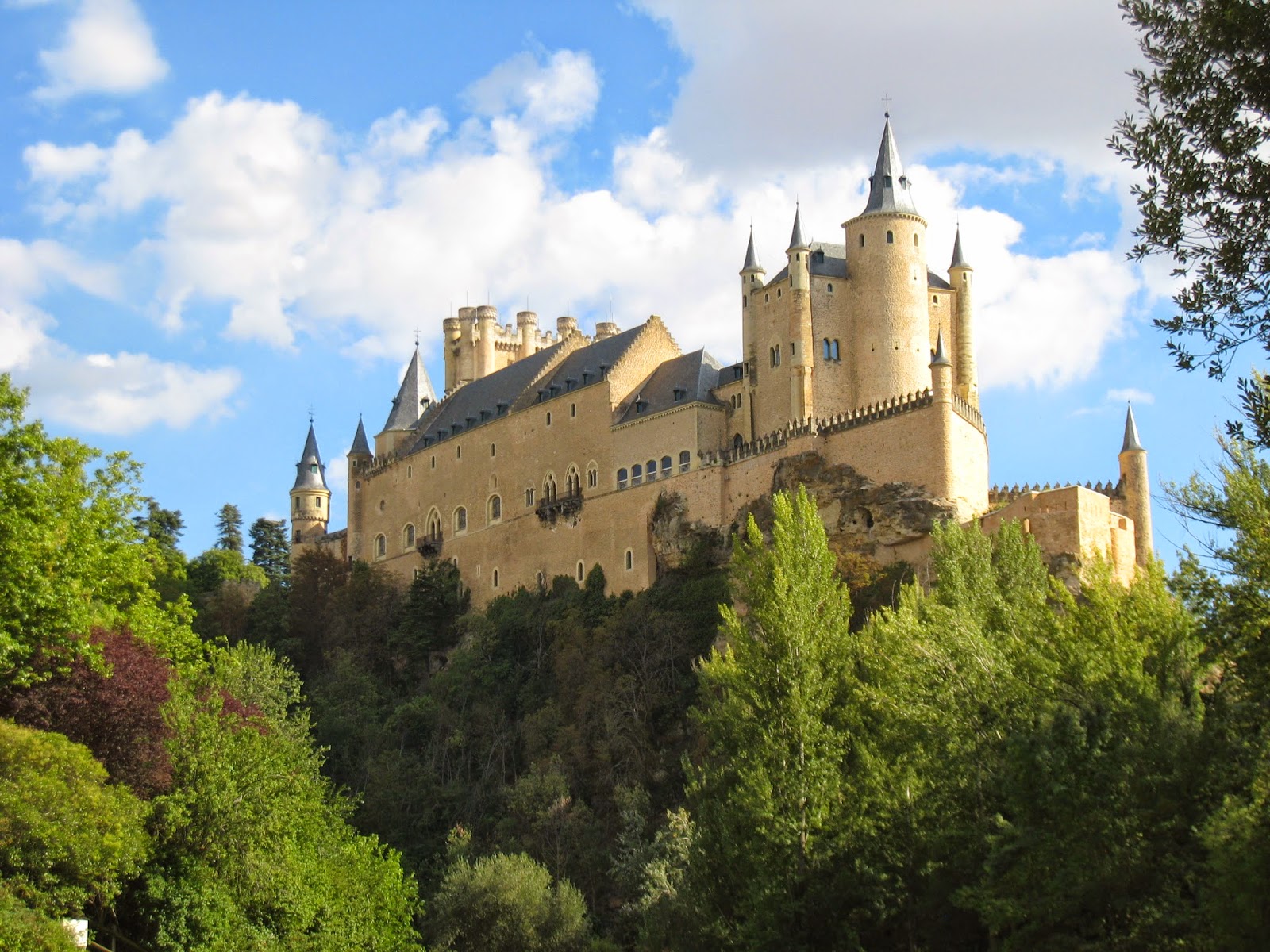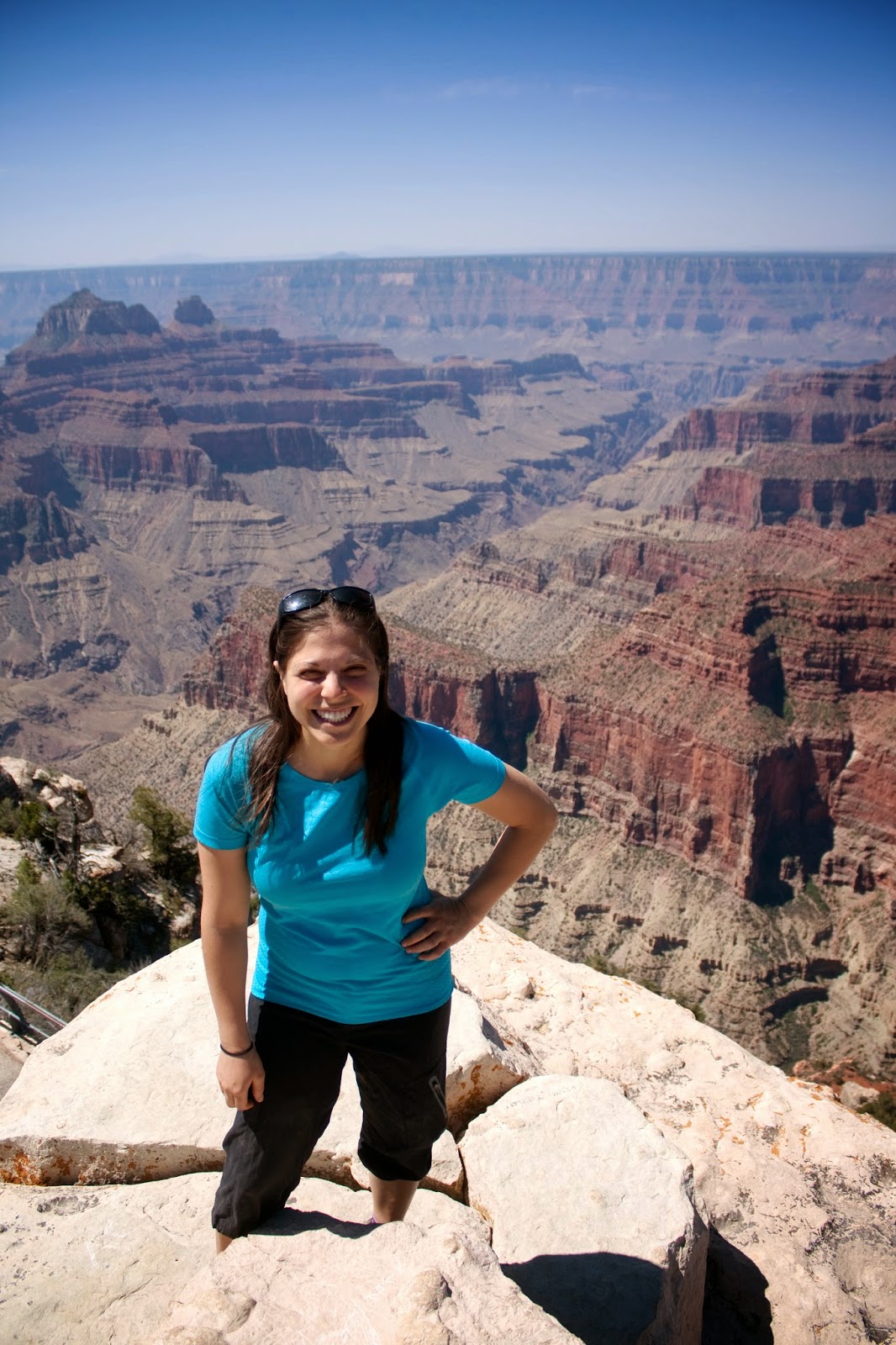I actually wrote most of this post while I was in Prague, in
early/mid-August but my thoughts about the Jewish museum and my other Jewish
experiences there spilled out into a four page post, so I managed to
consolidate it a little.
I spent three very full days in Prague, and would have been
happy to stay for twice that time, at least. Prague is a very beautiful city,
which I hope to visit again. Because it
was not bombed (except for one apparent U.S. Air Force navigation mistake in
1945 – thanks Wikipedia!) during World War II, it has an incredible amount of
old gothic, renaissance, and other beautiful styles of pre-communism
architecture. Below are a couple of examples, but if you tried to take a photo
of every beautiful building, you’d never actually get anywhere. Additionally, it has a large number of parks
and green spaces, making it easy to escape the city noise and check out a great
view of the city. Overall the three main activities of my Prague experience
were parks, music and Judaism.
 |
| Scenic Overlook |
 |
| Fancy Architecture in the Old Town Square |
Parks – On day one I went on a long walk through one park to
another, where the Prague castle is located.
I found the exterior of the castle pretty boring, but the gothic church
located within the complex is beautiful.
On day two, I visited Vysehrad castle, which is an ancient fortification
on a hill over the river. There is
evidence there of habitation back to the 10th century and it was
built upon over and other through the gothic and renaissance periods until the
19th century. More recently, a national cemetery of important
figures in Czech society was created. I
saw Dvorak’s grave and then listened to some of his music played that night! I
also took a nearly vertical tram ride to Mala Strana, where there are ruins of
an old fortication, rose gardens, an observatory, and some other historic
features. On the way down I found an old orchard! I couldn’t resist picking a few apples for
snacking, but didn’t load my bag up like in Werder. Being in the orchard made me so happy – I
think there’s a food harvesting theme to my happiest travel discoveries.
 |
| Fancy Architecture and a Park! |
Music – There’s an unusual number of music concerts in
Prague each night. I suspect this is
mostly due to the large number of tourists and the very affordable tickets, but
the musicians are excellent and the tourism is probably a lot less dependable
outside of the summer months, so it still must be a high priority in the city.
On Saturday night I attended a string ensemble concert in yet another beautiful
historic building and then on my way back across the Charles Bridge, was
delighted to find a cello quartet, who appeared to be students at the local
music academy. The following night I considered going to a free concert given
by conservatory students, but in the end opted to go swimming at a local
swimming area instead. I needed some
relief from the heat!
 |
| View from the Charles Bridge gothic gate |
Judaism – When I arrived in Prague on Friday I decided that
I really wanted to attend a Shabbat service to see what a Czech service is
like. I did found a couple of liberal congregations and ended up at a tiny
congregation near the Jewish quarter. A couple days later at the Jerusalem
Synagogue I discovered that this congregation, Beit Simcha, was the first
liberal congregation in Prague started over 25 years ago. They happily welcomed
me to their service and their siddurs were in Hebrew, Czech and English.
Interestingly, the service was almost entirely in Hebrew, which made it easier
to follow along. However, the
transliteration was based on Czech phonetics and almost completely foreign to
me, so I got a good refresher on actually reading Hebrew – mine was a little
rusty after 6 years in Silver City. After
the service I stuck around for the Oneg and got to chat with the rabbi a little
more as well as a congregant who was a Hungarian-Austrian Jew whose family fled
to Bulgaria where they had business contacts during the Holocaust, whose
grandparents are from Boston, and who has lived in Prague for 30 years. He had
some interesting stories to tell! We also had an interesting conversation about
the experience of survivor’s guilt in his family.
On my last day in Prague I went to
the Jewish Museum, which is actually composed of several sites in the old
Jewish ghetto, each focusing on a different aspect of Prague Jewish
history. These included synagogues, a
ceremonial hall which now contains a display about Jewish burial societies, and
the Jewish cemetery. My favorite synagogue was the Old-New (Staronová)
Synagogue, which is one of the oldest surviving synagogues in Europe, built in
the 13th century. The floor
level is sunken below street level, so it feels as if you are entering a secret
passage as you pass through the doorway.
It’s less ornate then some of the others but still awe-inspiring in its
gothic gables and large ark and bimah. Also, this synagogue is the center of
the Golam of Prague legend, adding to the sense of mystery. This synagogue is
currently used by a Prague Orthodox congregation and an interesting though
occurred to me as a I sat in the sanctuary appreciating that I was sitting in a
spot where Jews have sat and prayed and learned for over 700 years. If I had attended a service at this synagogue
(probably even today as it appears to be used by an Orthodox congregation), I
would not be able to sit and appreciate the simple beauty of this historical
sanctuary – I would have been relegated to the women’s sections located on the
perimeter with plain, unadorned walls, hard cement benches and completely
separated except for small slits in the wall that enable the women to hear the
service. Odd that as a tourist I can appreciate this beautiful site, but as a
Jewish woman I would not be permitted.
The most
powerful site for me was the Pinkas Synagogue which serves as a memorial to
Bohemian and Moravian Jews killed in the Holocaust. It is not currently used as a synagogue, but
instead all of its walls in the sanctuary are covered with the names and dates
of birth and death of all of the victims, organized by community. The other
part of the Pinkas Synagogue is a display of artwork by children living in the Terezin
(Theresienstadt) internment camp
from 1942-1944. While most of the
children died, we are given a glimpse of their interpretation of life in the
camp, everyday activities, and their hopes for the future. As I continue to visit Jewish and Holocaust
sites on my travels through Europe I am constantly reminded of the incredible
number of Jews murdered and how this represented ~67% of all European Jews, and
up to 90% in countries like Poland and Germany.
Even after so many years of reading about various aspects of the
Holocaust, I’m still struck by the sheer volume. What a different experience it
would be to travel as a Jew in Europe today if the Holocaust had never
happened. At some moments during my
travels in Germany and Prague I find myself getting angry about this, which
surprised me since I’ve been aware of these horrible events and statistics most
of my life. Because the war in Gaza is also at its height during my time in
Germany, as I learn more about the events of the holocaust in specific
communities and sites, I struggle about my decision to live in Israel this
year. While I certainly don’t support
the actions of Hamas, I also don’t understand how a government, claiming to
represent the Jewish people who have lost so much, can turn around and destroy
the lives of so many innocent, oppressed Palestinian civilians. Of course, we
are seeing this violence and genocide across many countries right now including
Syria, Iraq, Nigeria to name just a few.
Also during this time, unarmed Michael Brown was killed by police in
Ferguson, MO and as riots break out I am reminded of the incredible disparities
and violence experienced by communities of color in the U.S. as well. I’m frustrated as I take all this in, and not
sure how to further articulate my thought right now, but I look forward to
exploring these topics more in the social justice-focused program in which I
will be participating in Israel.
The Jewish
Museum is one of the most visited sights and Prague, and completely packed with
tourists during my visit. While some synagogues strike a balance between
functional synagogue and exhibits, others are purely a museum, despite the fact
that there are congregations in Prague that could be using them. For background, it is said that so many
synagogues and artifacts of Jewish history were preserved in Prague because the
Nazis planned to create a museum in Prague of the “annihilated race.” And in some of the sights, it really does
feel like people are flocking from all over the world to learn about a people
who no longer exist. I find in both
Prague and Germany that most Jewish sights focus so much on the Holocaust that
they do a poor job of educating the public about the living Jewish community
today. The final site I visited in
Prague was the Jerusalem Synagogue which is not part of the Jewish Museum and
therefore was thankfully nearly free of tourists. My favorite part of this synagogue, which is
still in use, was an exhibit discussing events in the Jewish community in
Prague and the Czech Republic from 1945 to the present. Czech Jews, as well as Jews who fled to the
Czech Republic from Poland, still faced quite a bit of anti-semitism from the
Communist regime. However, there are
numerous stories of survival and perseverance.
I appreciated this exhibit because while the Jewish communities in much
of Europe today are relatively small, I still have been seeking information
about what those communities are like today.
Plus, I think it’s an important part of the story that should be told to
the general public, that Jewish culture and practice continue in Europe
today. At the same time that we mourn
the catastrophic losses from the Holocaust, I want to celebrate living Jewish
communities, especially through a social justice lens.
























.jpg)
.JPG)




















